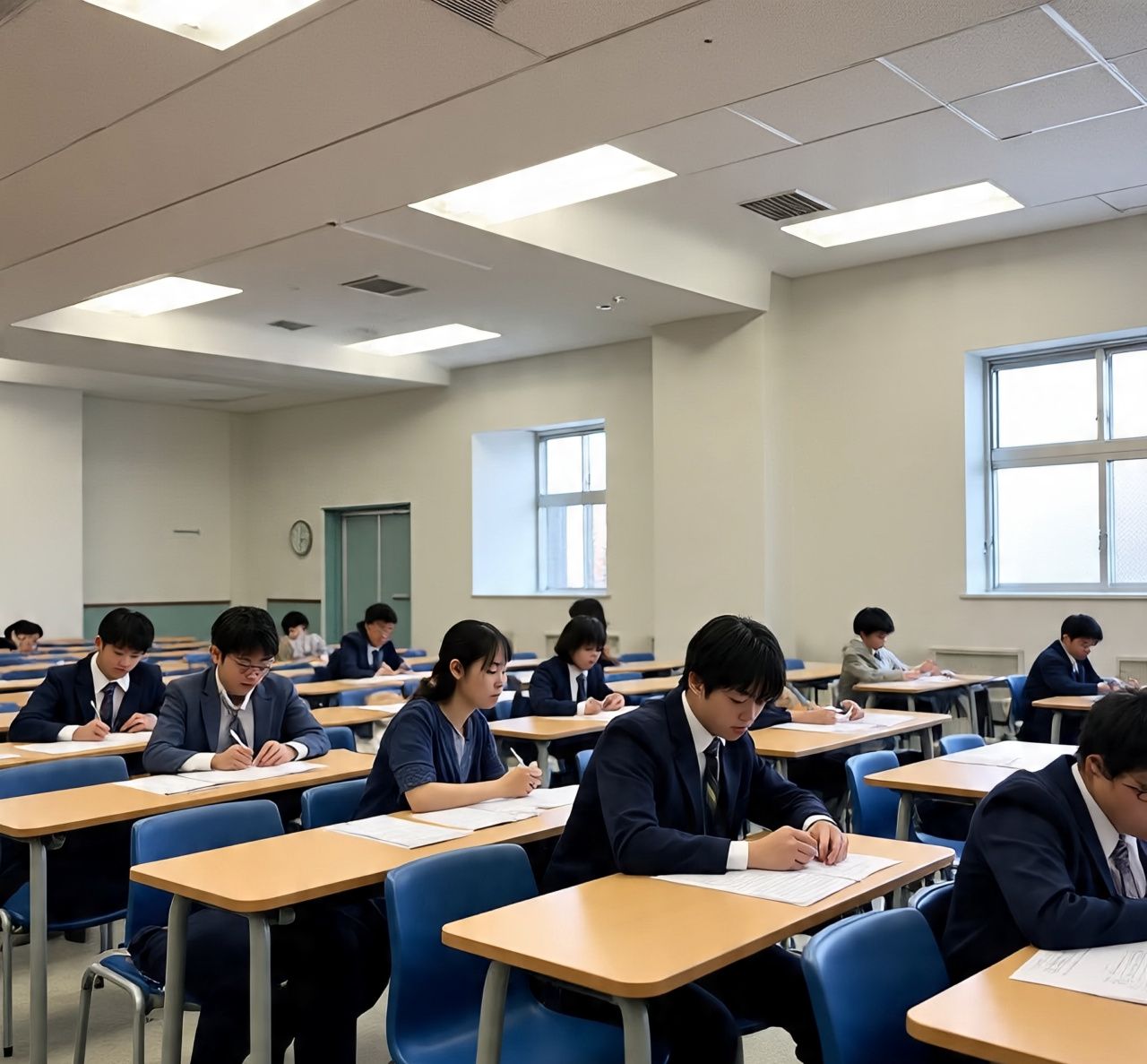Study Notes STD IX Chemistry

Questions bank STD IX Chemistry
1. The symbol of an atom is 17/35 Cl.
a) Find out the number of protons and neutrons in this atom.
b) Write the electron configuration of this atom.
Answer
1. Number of protons = 17
Number of neutrons =18
b) 2, 8, 7
2. Carbon combines with chlorine to form a compound carbon tetrachloride.
[Hint: Atomic Number: C = 6, C1 = 17]
a) How many electrons are required to complete the octet of a carbon atom?
b) How many atoms of chlorine should combine with a carbon atom to complete the octet?
c) Which type of covalent bond is present in carbon tetrachloride?
(Single bond, Double bond, Triple bond)
Answer
a) Four
b) Four
c) Single bond
3. a.Which are the isotopes of hydrogen?
c ) Write the use of any one of these isotopes.
Answer
(a )Protium (H )
Deuterium
Tritium
C. Deuterium, isotope is used to make heavy water in nuclear reactors.
4. Which of the statements given below are related to Rutherford?
a) Put forward the idea of definite orbits.
b) Proposed the planetary model of atom.
c) Conducted gold-foil experiment.
d) Discovered electrons.
e) Discovered the nucleus of an atom.
f) Put forward the plum pudding model of atom.
Answer
4. b) Proposed the planetary model of atom.
c) Conducted gold-foil experiment.
e) Discovered the nucleus of an atom.
5. Classify the following statements as applicable to transition elements and main group elements.
a) Shows periodicity in electron filling.
b) All are metals.
c) Shows similarities in periods and groups.
d) Includes elements of all category.
e) Includes elements of all states of matter.
f) Shows variable valency.
Answer
5.
a) Transition elements
b) All are metals.
c) Shows similarities in periods and groups.
f) Shows variable valency.
Main group elements
a) Shows periodicity in electron filling.
d) Includes elements of all category.
e) Includes elements of all states of matter.
Questions
6. Certain anions in acids are given below.
a) Write the chemical formula of acids containing these anions.
b) Write the chemical equation of the neutralisation reaction between sodium hydroxide and ning acid.
c) Write the chemical formula of the acid and base required to form potassium chloride.
7. Water is a polar molecule.
a) What is a polar molecule?
b) What is the reason for the polar nature of molecules?
c) What are the characteristics of water as a polar molecule?
8. Add a few drops of phenolphthalein in water taken in a trough. Cut a small piece of sodium and place it carefully into the trough.
a) What will be the observation?
b) What is the nature of the compound formed?
c) Write the balanced equation of the chemical reaction
Answers
6. a) H₂CO₃, H₂SO₄, HNO3, H3PO4
b) NaOH + HNO3 → NaNO3 + H₂O
c) HCI and KОН
(HCI + KOH → KCI + H₂O)
7. a) Covalent molecules having partial charges on component atoms are called polar molecules.
b) Great difference in electronegativity values of component atoms causes polar nature. The more electronegative atom attracts the shared electron pair towards it, and attains a partial negative charge. (Other atom attains a partial positive charge)
c) Even though the molecular mass of water is less, it is in the liquid state. This is due to the polar nature.
Due to polar nature, water can dissolve both organic and inorganic substances.
Water is a universal solvent. This is also due to its polar nature.
8. a) Vigorous reaction takes place. The solution turns to pink.
A gas is liberated.
b) Basic nature.
c) 2Na+2H2O→2NaOH + H₂
9. A Chemical reaction is given below.
C+O2→ CO2
a) What happens to the oxidation number of each atom in this reaction?
b) At the elemental state, the oxidation number is zero. Why?
c) What type of reaction is this? Give reason.
d) Find out the oxidising and reducing agents in this reaction.
10. Match columns A, B and C related with the modern periodic table suitably.
A
Transition elements
Halogens
Lanthanoids
Actinoids
Column.B
17th Group
3-12 groups
7th period
6th period
Column C
Rare earths
Artificial elements
Coloured compounds
Non-metallic nature
Answers
9. a) Oxidation number of carbon increases from zero to +4. Oxidation number of oxygen decreases from zero to -2.
b) At elemental state electrons are equally shared by atoms. Electrons are neither lost nor gained. So oxidation number is assumed to be zero.
c) Redox reaction:
Because oxidation and reduction take place simultaneously.
d) Oxidising agent – oxygen
Reducing agent – carbon
10.Transition elements
3-12 groups Coloured compounds
Halogens 17 th group Non – metallic nature
Lanthanoids 6 th period Rare earths
Actinoids 7th period Artificial elements
